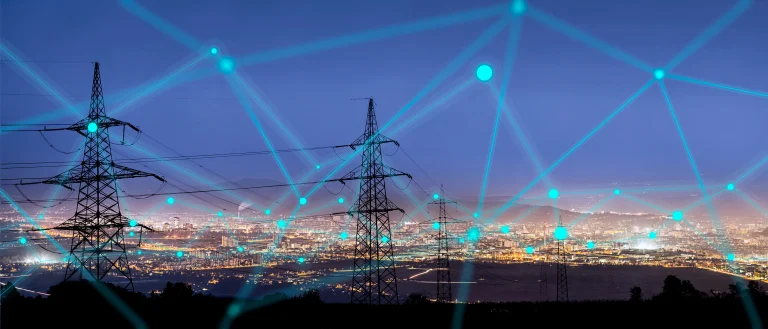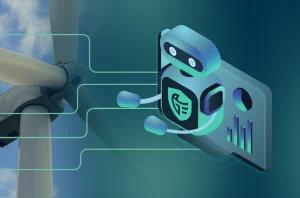In the coming years, the growth of renewable energy is expected to accelerate, representing almost 95% of the total increase in installed capacity. The International Energy Agency forecast 4,800 GW of renewable electricity capacity by 2026.
As a result of this increase, system operators face a major challenge: the correct integration of new renewable megawatts into the grid. To this end, the development of storage systems such as batteries or hydrogen is important but control mechanisms are also needed to ensure grid stability and the smooth operation of the electricity supply.
The share of renewables in the energy mix is increasing, and due to the difficulties of managing these plants, certain regions are being affected by grid congestion and other imbalancing issues.
* Data from “Renewables 2021, Analysis and forecast to 2026” by the International Energy Agency
An example of solutions that have already been implemented to mitigate this problem can be found in the Spanish electricity system. The Spanish system operator, REE, implemented a new operating protocol called SRAP (Automatic Power Reduction System) in order to provide greater flexibility to the grid in terms of renewable energy integration, and to be able to respond quickly and safely to solve grid imbalance episodes.
Automatic Power Reduction System (SRAP)
At the beginning of the year, the Automatic Power Reduction System, also known as SRAP, came into effect. Every facility that is part of this mechanism must have the capacity to reduce its power to 0 in a matter of seconds. In this way, REE is provided with enough security and confidence to be able to disconnect certain plants in case of congestion or other system failures.
Participation in this mechanism is completely optional. However, there are certain benefits for wind farms and PV plant owners to join.
There are three possible power reduction scenarios depending on the reaction time, but plants participating in this system must be able to comply with all of them:
- Slow regulation: Reduce to 0 MW in 15 minutes
- Medium regulation: Reduce to 0 MW in 40 seconds
- Fast regulation: Reduce to 0 MW in 5 seconds
In any case, the request to apply one type of regulation or another is the exclusive power of REE. The technical aspects of the operation and the requirements for a facility to be included in this system are encompassed in the operation protocol P.O.3.11.
Are there more than 43,000 MWs of wind and solar energy in Spain, ready to regulate in 5 seconds?
Most power plants are not fully prepared to meet these requirements, especially in terms of response times. The local control systems require some adaptation and can face different scenarios depending on the technologies installed.
Most modern plants can comply with medium and slow regulation scenarios; older installations only comply with slow regulation. In any case, the fast regulation scenario couldn’t be met without prior local modifications.
Benefits of participating in the SRAP
The main benefit for owners is to avoid or at least reduce, the operating restrictions currently used, such as constraints in the spot market participation which can reach up to 50% of the rated power, or energy redispatching.
The willingness of the facilities to be regulated by the Automatic Power Reduction System means that they are the last to be subject to restrictions. In this way, power plant owners reduce the risk of not meeting the energy delivery targets established in PPAs.
Overall, participating in SRAP means less constraint in times of high resources and the generation of higher revenues.





